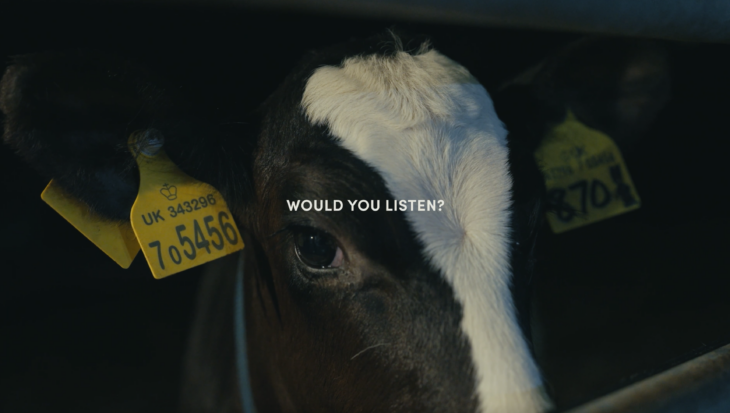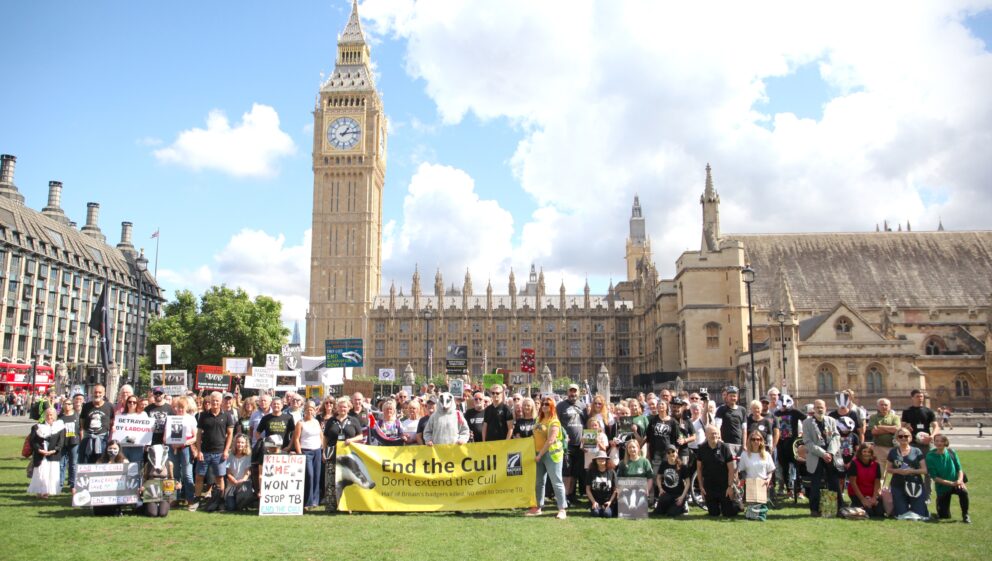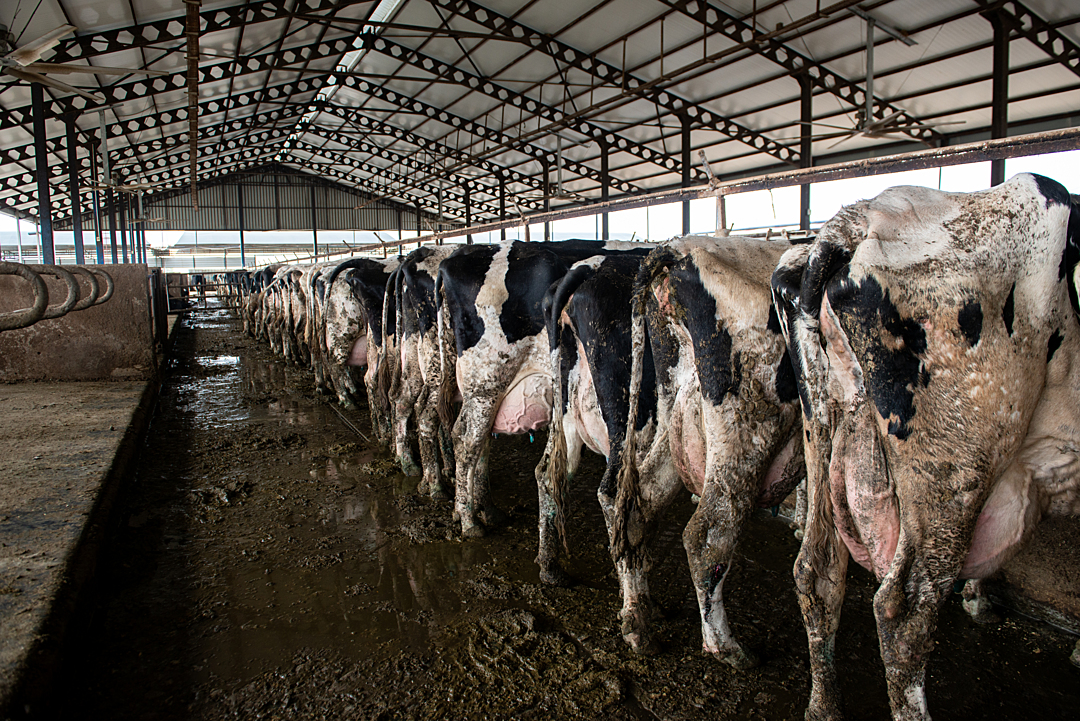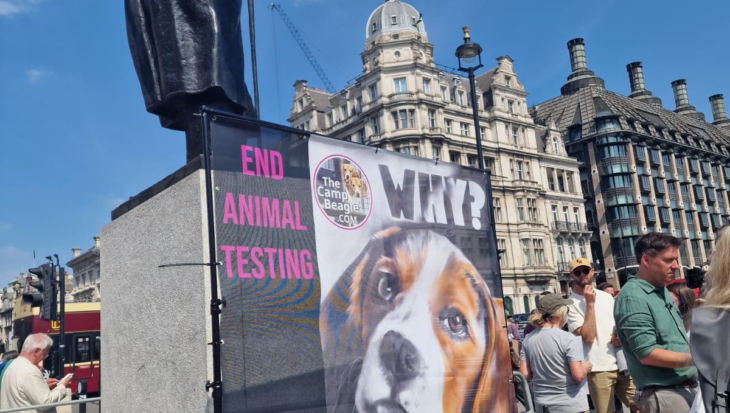The making of the UK’s first anti-dairy TV and Cinema advert, plus an exclusive look at the UNCENSORED version
Posted 06 May 2025

Posted on the 4th September 2024
Badger Trust’s National Day of Action (September 3) saw representatives from numerous animal protection groups, including Animal Aid, unite against the badger cull with a mass protest and lobby of Parliament.

A National Day of Action against the badger cull took place outside Parliament yesterday (September 3) in opposition to the continued slaughter and scapegoating of this protected species.
In the morning, anti-cull petitions were presented to DEFRA, totaling more than 100,000 signatures. Campaigners, supporters and lobbyists then gathered in Parliament Square to hold a peaceful demonstration against the badger cull. Speakers included conservationist and Animal Aid patron, Chris Packham; wildlife campaigner, Dominic Dyer; and wildlife photographer, Rachel Bigsby, who gave a moving insight into the magical experience of photographing this cherished species up close!
But the biggest cheers were for those addressing the elephant in the room: the role of animal farming as a driver of the badger cull…
While cows can catch bovine tuberculosis (bTB) from wildlife, the science has long shown that most infections are transmitted from cow to cow. They are also more likely to catch the disease if kept in poor conditions or suffering ill health, which affects their ability to withstand dangerous pathogens and disease [1].
It was encouraging to hear several expert speakers, including ex-pig veterinarian and whistleblower, Dr Alice Brough, address the absurdity of fighting the badger cull whilst supporting animal agriculture: “to save nature, we must remove the unnatural and there is nothing more unnatural than animal farming”.
Dr Brough went on to say that poor practices and husbandry on farms – such as spreading vast quantities of slurry over grazing land, crops and waterways – is a much greater risk of spreading disease than badgers. The issue of infected slurry has been under renewed public scrutiny since the airing of Sir Brian May’s BBC2 documentary ‘The Badgers, The Farmers and Me’, which showed that a single gram of infected faeces was enough to infect a cow. And yet, dairy cows are frequently left to stand or lie in their own waste, confined to poorly ventilated sheds, or sent to graze on potentially infected land.

Animal farming creates conditions that are ideal for the rapid emergence and spread of disease. Huge numbers of highly stressed animals bred for fast growth and high production, who are housed in overcrowded, unsanitary conditions provide the perfect breeding ground for infections. And it’s not just bTB: outbreaks of avian flu are more likely in countries, including the UK, who operate large-scale, intensive chicken farming [2,3] while cases of swine flu have increased in line with the intensification of pig farming seen over the past 50 years.
As long as the relationship between humans and animals is one based on production and profit rather than respect and compassion, animals will continue to suffer – from the cows exploited as milk machines to the wildlife treated as scapegoats. The one thing we can all do for the planet and its inhabitants, including the badger, is to adopt a cruelty-free, plant-based lifestyle.
Find out more here or order your FREE Guide to Going Vegan below.
[1] Schuck-Paim, C., Alonso, W.J., & Slywitch, E. (2023). Animal welfare and human health. In A, Knight, C. Phillips, & P. Sparks (Eds.), Routledge handbook of animal welfare (pp.321-335). Routledge.
[2] Shortridge, K.F., Peiris, J.S.M., & Guan, Y. (2003). The next influenza pandemic: Lessons from Hong Kong. Journal of Applied Microbiology, 94(1), 70-79.
[3] Greger, M. (2006). Bird flu. New York: Lantern Books.
Posted 06 May 2025

Yesterday, Michelle, our Head of Campaigns, headed into London to attend the debate on the government petition which urged ‘Ban immediately the use of dogs in scientific and regulatory procedures’.
Posted 29 Apr 2025
